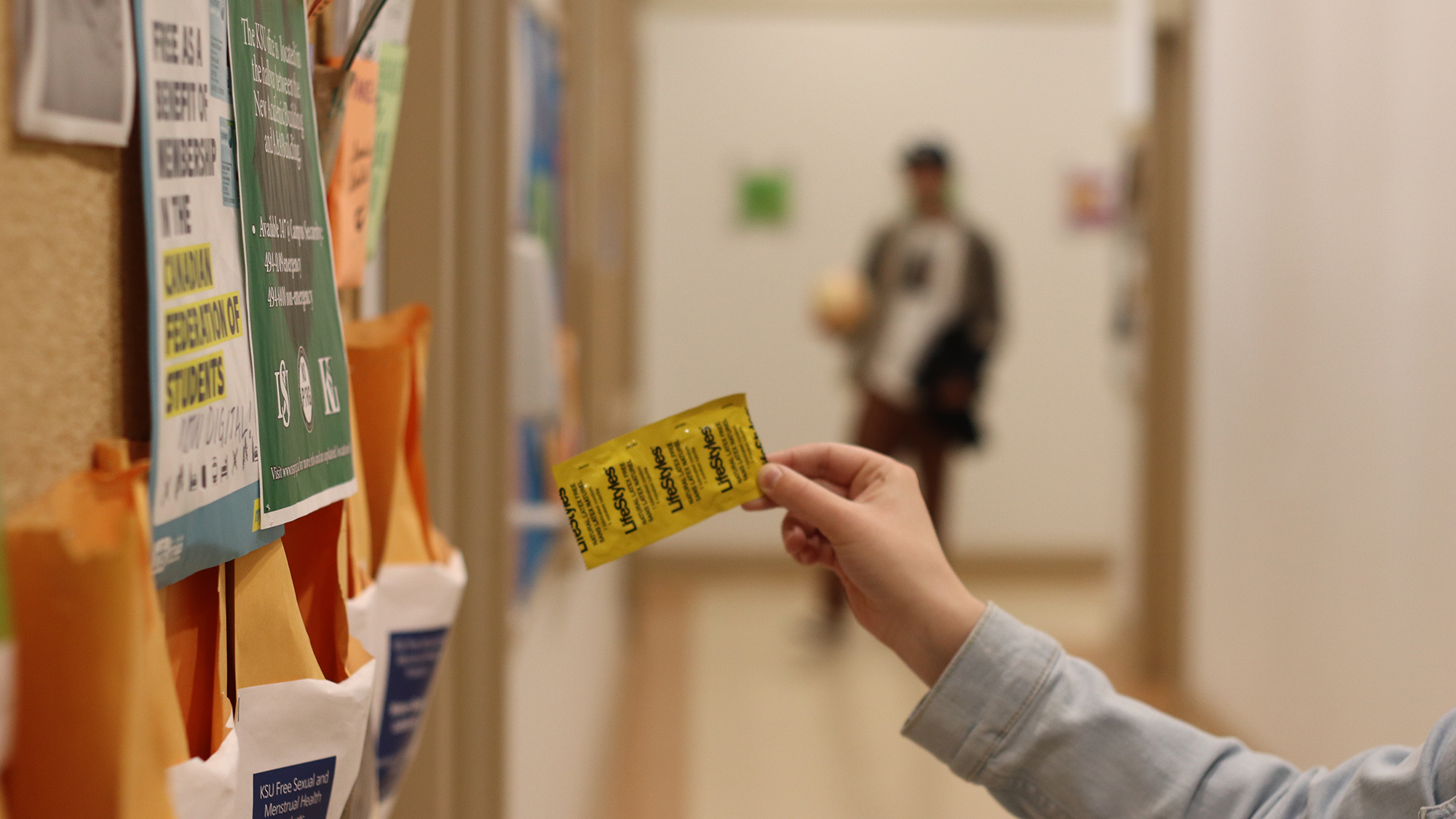Nova Scotia lacks ‘cohesive’ strategy when it comes to fighting STIs, health professionals say
Researcher and Halifax Sexual Health Clinic push to normalize blood-borne STI testing

caption
NSHA says regular testing and safe-sex practices are effective ways to prevent syphilis.Sexual health professionals say the province needs a better strategy for combating STIs.
This comes after provincial health officials declared a syphilis outbreak last week.
“We just lack a cohesive strategy in Nova Scotia, in spite of the fact that we have a high population of young people that tend to be having the most instances of STIs,” said Matthew Numer, an associate professor at Dalhousie University who researches sexual health promotion and sexual health among gay men.
Over the last decade, rates of STIs like chlamydia, gonorrhea and syphilis have increased in Nova Scotia, and across Canada. Related stories
The province reported 82 cases of syphilis in 2019, almost double the 50 reported cases in 2018.
In an interview, Dr. Claudia Sarbu, a medical officer of health in the Nova Scotia Health Authority’s central zone, said the province will focus on education and contacting people who may have been infected with syphilis.
“Public health will do our due diligence to identify people who might be exposed,” said Sarbu, “and to recommend testing and make sure they are appropriately treated.”
Numer said that doesn’t do enough to combat blood-borne sexual infections, especially as the demography of those infected change.
While in the past, syphilis was almost exclusively contracted by men who have sex with men, 20 per cent of syphilis cases in Nova Scotia last year involved women. That means the risk of contracting the infection extends to all types of sexual relationships.
“Up until a few years ago we didn’t see that,” said Numer. “So we were only using blood samples for HIV, which isn’t a super common thing among heterosexual relations. It means we should be changing our protocol of regular sexual health screenings.”

caption
Kate Calnan is the executive director of the Halifax Sexual Health Centre on Bayers Road.Currently, it can be difficult to get screened for these blood-borne infections, said Kate Calnan, executive director of the Halifax Sexual Health Centre.
“If someone comes in and they test positive for something that needs to be dealt with, it’s our nurse who then reviews all that lab work, and if something urgent comes up they bring the patient in and treat them,” Calnan said in an interview.
The centre relies on government grants and fundraising in order to retain nurses and doctors who can administer sexually transmitted blood-borne infection (STBBI) testing.
A nurse must administer the blood test, which is more intensive than urine or swab tests which are used in testing for other STIs like chlamydia.
Due to funding difficulties, the centre struggles to treat those infected in a timely fashion.
“We don’t have enough funding to do that,” Calnan said.
Numer said as well as education, preventative methods must become widespread.
“We don’t see any upstream strategies around education or harm reduction approaches to STIs,” Numer said. “In order to do that you have to have a cohesive strategy.”
The province has made steps towards harm reduction strategies for other blood-borne STIs. In 2018, it introduced pharmacare coverage for pre-exposure prophylaxis (PrEP), which is effective in preventing HIV.
Last July, Canada released a five-year action plan on sexually transmitted and blood-borne infections (STBBI). It outlines plans for $81.5 million in annual federal investment in STBBI prevention and harm-reduction methods.
Numer said this strategy is a good step, but Nova Scotia needs to take a focused approach to fighting these infections.
“Who knows, but the more information and better strategies we have, the better we can do at minimizing these spikes,” Numer said.
With files from Karla Renic
About the author

Sam Gillett
Sam calls Orillia, Ontario home. When he's not chasing Signal stories, he can be found sketching in cafes, watching soccer or following news...
